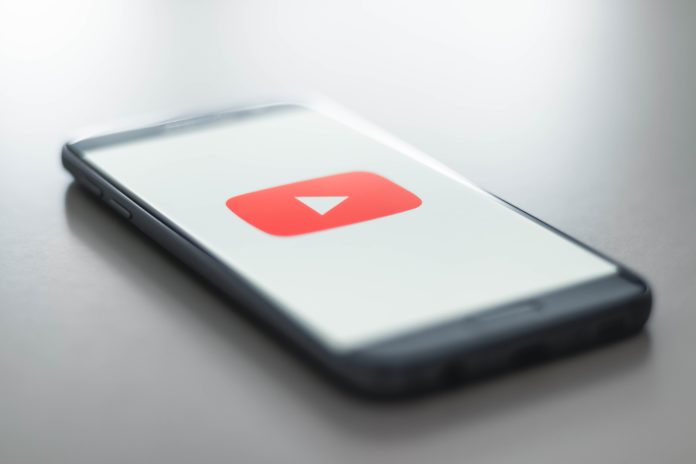
Thomas Moran | Arts and Life Editor
In December 2005, Jawed Karim, Steve Chen and Chad Hurley launched a site that would later become one of the most visited websites in the history of the internet — YouTube. After the Janet Jackson and Justin Timberlake 2004 Super Bowl halftime show incident, the trio saw there were no sites that allowed the public to efficiently share and spread videos. Less than a year after the site launched, Google acquired the company for $1.65 billion.
Since then, according to data shared by the site, 300 hours of video are uploaded to YouTube every minute and users watch a total of nearly 5 billion videos per day. However, YouTube has become much more than simply a platform for the dissemination of viral videos like “Charlie Bit My Finger” and “Scarlet Takes a Tumble.”
Nashville, Tenn., senior Gregory Allen watches YouTube for a variety of reasons, but said its foremost purpose in his day-to-day life is educational.
“I think it can be helpful if you need to learn how to do something quickly, If you’re studying for a test and there is a piece of info that you think you know but you need a refresher on, YouTube has plenty of short videos that can explain stuff quickly,” Allen said.
One popular educational channel, Khan Academy, has 7,284 videos and 4.7 million subscribers. The channel features in-depth videos on a huge variety of subjects from biology to accounting. Another educational channel, Crash Course, has 9.2 million subscribers and 1,111 videos to date.
YouTube has also become one of the foremost platforms for music streaming and music video dissemination. After launching YouTube Music in 2015, the platform joined Spotify and Apple Music as a monthly subscription music streaming site.
Beyond the official YouTube Music streaming service, Vevo is a channel that features most music videos from popular artists. The channel has 18 million followers and 1,557 music and lyric videos.
“YouTube is great for streaming music. Similar to Spotify, almost any song you can think of is on YouTube and is free to play,” Allen said. “It makes studying much easier when you can have music going on YouTube.”
YouTube has recently broken into the entertainment market with original shows and films that users must pay to watch.
However, behind every single one of billions of YouTube videos is a “youtuber,” someone who produces and uploads their own videos. Among them is Washington, D.C., senior Hanna Rose Hunt. She began her YouTube channel as an outlet for performance and self-expression when she wasn’t working on a theater production.
Hunt said she values the site as an opportunity for personal brand building, regularly posting makeup videos, tutorials and lifestyle vlogs.
“It’s something that’s fun for me to do. Within the last month, I’ve been trying to make videos more geared toward my career … What makes YouTube different is that anyone can do it. It’s really relatable and super accessible.”
After graduation, Hunt is planning to move to New York to fully pursue her career in photography and theater, using YouTube as a platform for herself.
Some users utilize the platform as an inexpensive platform on which can premiere their films.
Marion, Illi., senior Sam Cedar is a University Scholars major, concentrating in English and film. He regularly uses sites like YouTube and Vimeo, a similar video sharing site, to tune into such premieres.
“If you’re not yet established on a festival circuit, you can use YouTube,” Cedar said. “You schedule a date through online platforms, and then YouTube is set to premiere it at a certain time to post it.”
This feature helps users build their brands and generate buzz around their projects that might otherwise go unknown and unnoticed in a sea of video uploads.
Second only to Google in site visits, YouTube is only growing, and with such a wide range of uses, from educational to musical to social, its user base is continually increasing.





